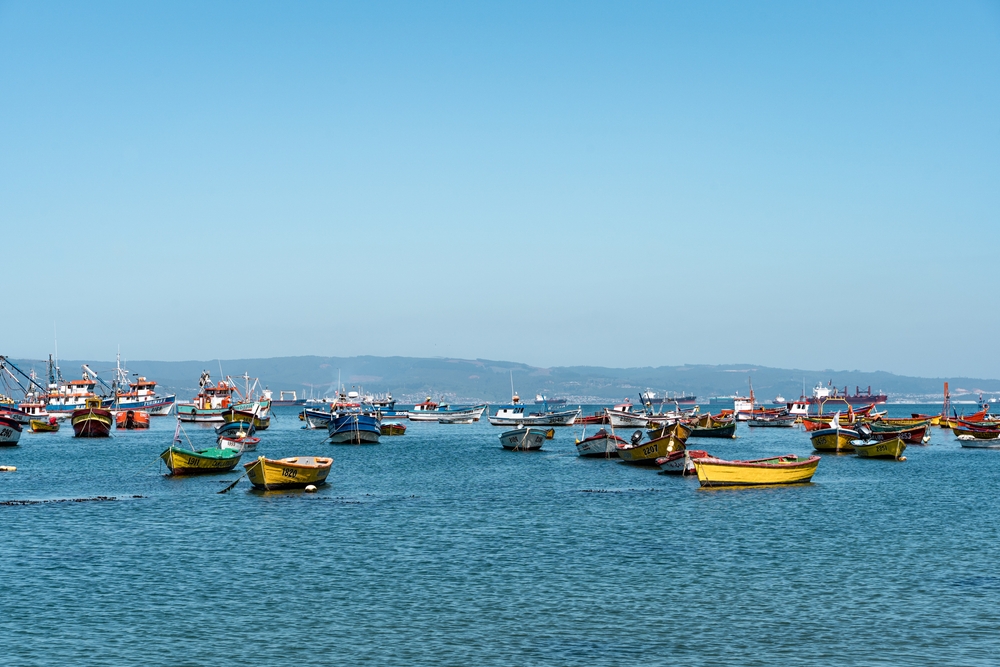Chile’s Small-Scale Fishers Win Big in Landmark Quota Redistribution Law – Seafoodnews

Chile’s Small-Scale Fishers Achieve Major Victory in Quota Redistribution Law
Introduction
The Chilean government has implemented significant reforms to its fisheries legislation, aimed at redistributing fishing quotas between industrial and artisanal sectors. This landmark law prioritizes small-scale fishers by allocating a larger share of quotas to the artisanal fishing community.
Quota Redistribution Details
According to an official announcement from Chile’s congress, the new quota regulations specifically affect the fisheries of anchovy, sardines, and hake. The government emphasized that the reform will promote a fairer and more equitable distribution of fishing rights between artisanal and industrial fishers.
Economic Impact
- An estimated transfer of 160 billion Chilean pesos (approximately $169 million USD) will move from industrial to artisanal fishermen.
- This financial redistribution supports the economic empowerment of small-scale fishers and their communities.
Alignment with Sustainable Development Goals (SDGs)
The quota redistribution law aligns closely with several United Nations Sustainable Development Goals, including:
- SDG 1: No Poverty – By increasing economic opportunities for artisanal fishers, the law contributes to poverty reduction in coastal communities.
- SDG 2: Zero Hunger – Supporting small-scale fisheries enhances local food security through sustainable fishery practices.
- SDG 8: Decent Work and Economic Growth – The law promotes inclusive economic growth by empowering artisanal fishers with fair access to resources.
- SDG 14: Life Below Water – Sustainable management of marine resources is encouraged by balancing industrial and artisanal fishing activities.
- SDG 10: Reduced Inequalities – The redistribution addresses inequalities between large industrial operators and small-scale fishers.
Conclusion
Chile’s fisheries quota reform marks a significant step towards sustainable and equitable resource management. By prioritizing artisanal fishers, the government supports community livelihoods and contributes to multiple SDGs, fostering a more inclusive and sustainable fishing sector.
1. Sustainable Development Goals (SDGs) Addressed or Connected
- SDG 14: Life Below Water
- This SDG focuses on conserving and sustainably using the oceans, seas, and marine resources.
- The article discusses fisheries management and quota redistribution, which directly relates to sustainable use of marine resources.
- SDG 1: No Poverty
- By reallocating fishing quotas to artisanal fishers, the law aims to improve livelihoods and reduce poverty among small-scale fishers.
- SDG 10: Reduced Inequalities
- The quota redistribution promotes a fairer and more equitable distribution between industrial and artisanal sectors, addressing inequality issues.
2. Specific Targets Under Those SDGs
- SDG 14 – Target 14.4: “By 2020, effectively regulate harvesting and end overfishing, illegal, unreported and unregulated fishing and destructive fishing practices and implement science-based management plans, in order to restore fish stocks in the shortest time feasible.”
- SDG 1 – Target 1.2: “By 2030, reduce at least by half the proportion of men, women and children of all ages living in poverty in all its dimensions according to national definitions.”
- SDG 10 – Target 10.2: “By 2030, empower and promote the social, economic and political inclusion of all, irrespective of age, sex, disability, race, ethnicity, origin, religion or economic or other status.”
3. Indicators Mentioned or Implied in the Article
- Indicator for SDG 14.4:
- Proportion of fish stocks within biologically sustainable levels.
- The article implies monitoring of fish stocks (anchovy, sardines, hake) through quota adjustments.
- Indicator for SDG 1.2:
- Proportion of population living below the national poverty line, by sex and age.
- The transfer of $169 million pesos to artisanal fishers implies measuring economic improvements in this group.
- Indicator for SDG 10.2:
- Proportion of people living below 50% of median income, by age, sex and persons with disabilities.
- The quota redistribution law aims at reducing inequalities between industrial and artisanal fishers, which can be measured by income distribution and access to resources.
4. Table of SDGs, Targets, and Indicators
| SDGs | Targets | Indicators |
|---|---|---|
| SDG 14: Life Below Water | Target 14.4: Regulate harvesting and end overfishing; implement science-based management plans to restore fish stocks. | Proportion of fish stocks within biologically sustainable levels (anchovy, sardines, hake stocks). |
| SDG 1: No Poverty | Target 1.2: Reduce by half the proportion of people living in poverty. | Proportion of population living below national poverty line; economic benefits transferred to artisanal fishers ($169 million pesos). |
| SDG 10: Reduced Inequalities | Target 10.2: Promote social, economic and political inclusion of all. | Income distribution measures; proportion of people below 50% median income; equitable quota distribution between industrial and artisanal fishers. |
Source: seafoodnews.com








